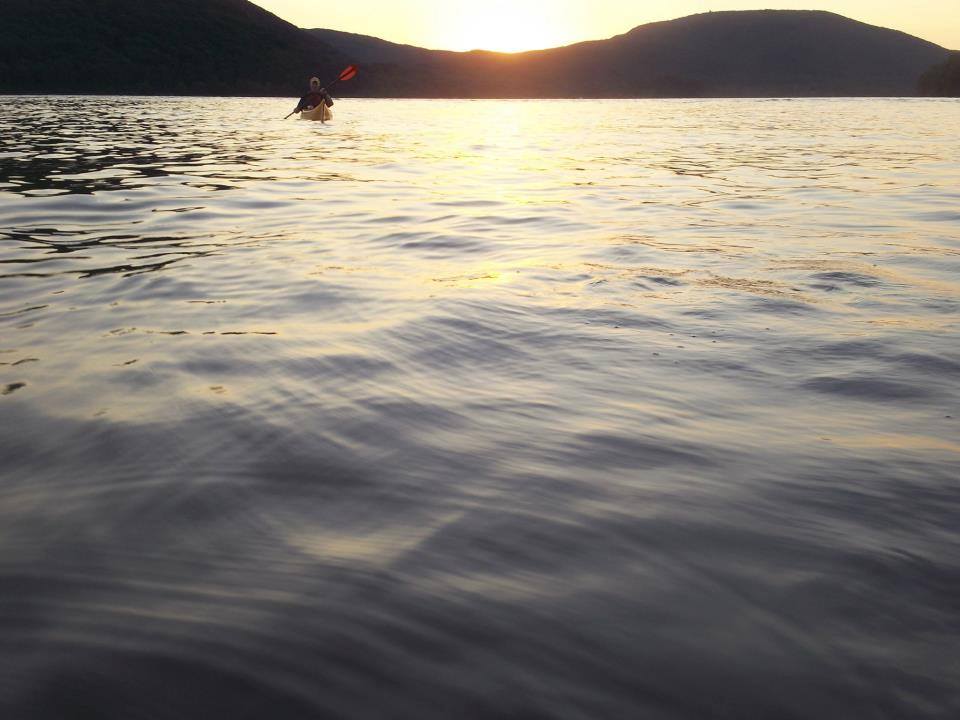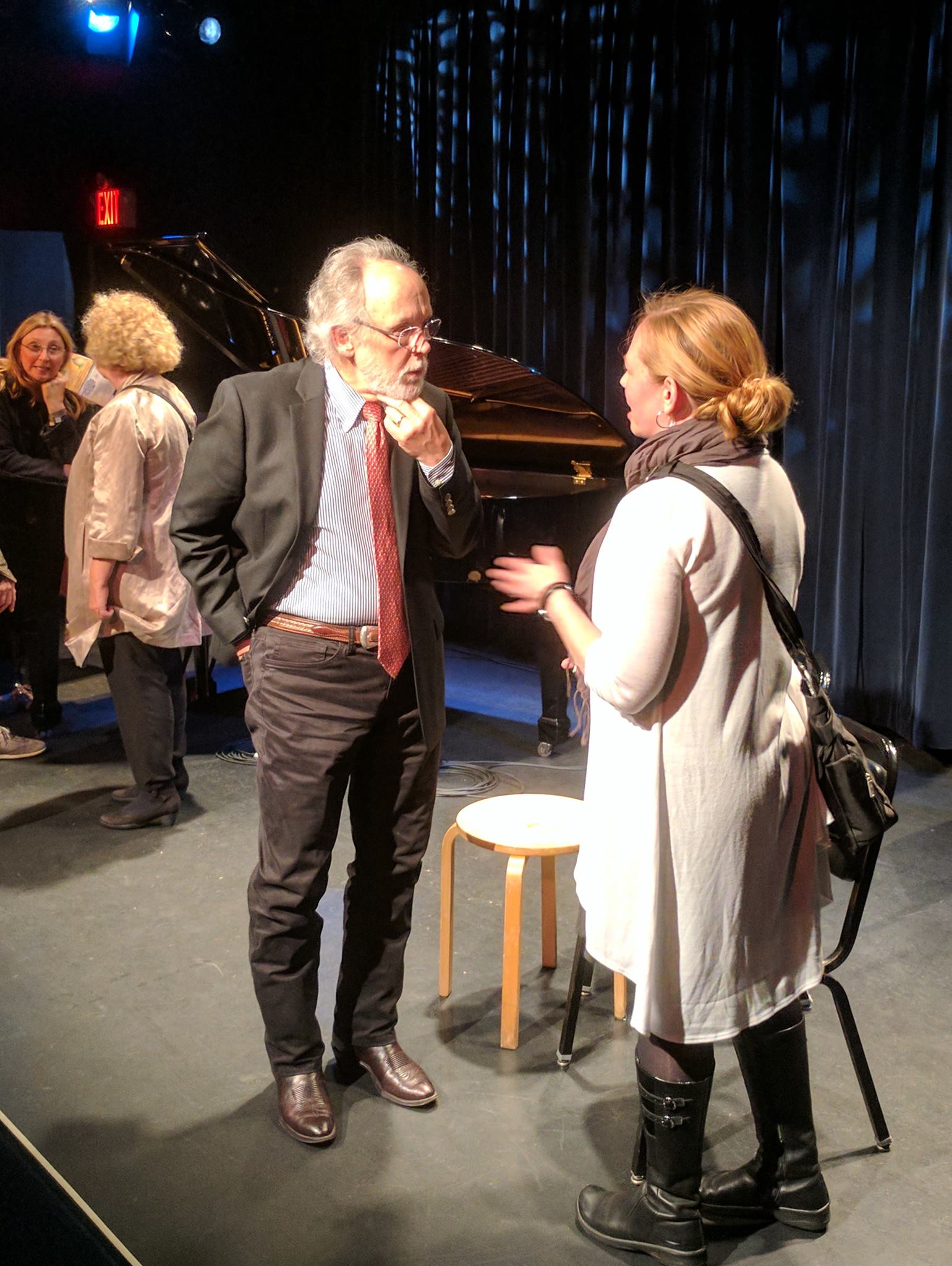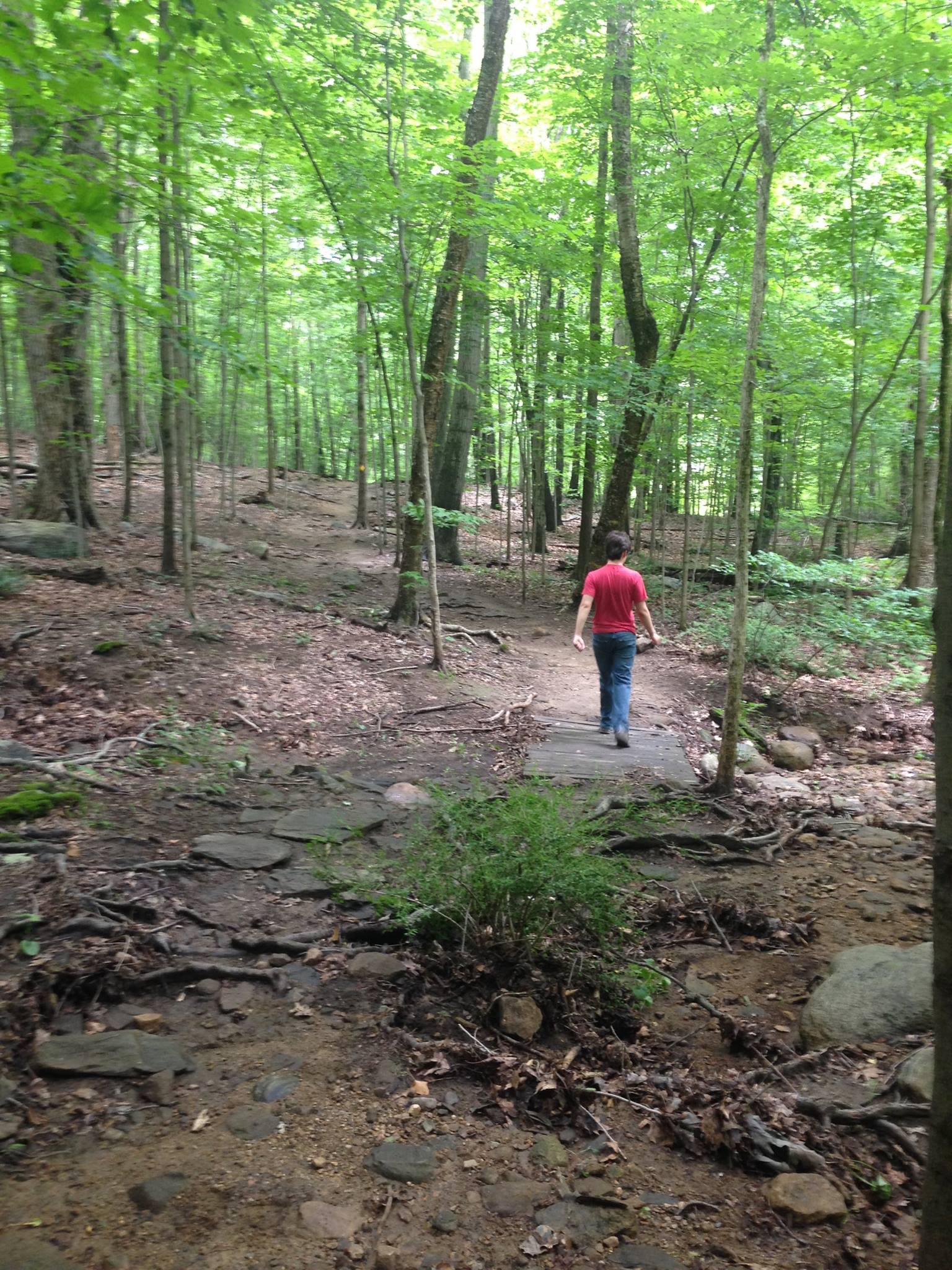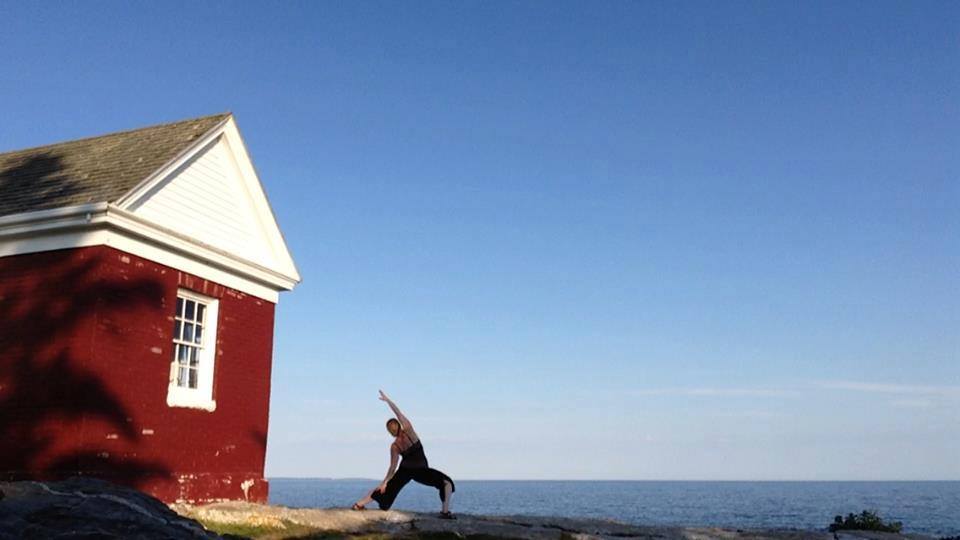By Lauri Nemetz, Anatomy Trains Faculty

One of the things that first brought me to Anatomy Trains ® was the poetic observational eye of Tom’s writings. I could tell that he was a thinker who didn’t rely on memorized learning, but rather infused his thinking with examples from art, nature, and mythology. As I’ve gotten to know him a bit over the years I have come to appreciate his connection to sailing and music as well. All of these require attention, and a specific notice of pattern. Anatomists of all stripes, from the armchair variety to the myriad of professionals relying on anatomical knowledge would do well to look beyond the traditional and into other fields for the types of observation skills that can serve us in seeing on a deeper level. I certainly encourage taking your anatomy classes (and catch a workshop or two with us!), but also consider spending the afternoon in the forest, or kayaking on the water to really pick up your skill level as a thoughtful observer.

In this day of instant information, many students want the quick answer for questions like, “what do I do for my student with a rotator cuff injury or a herniated disc?” Just like nature, everything is in context. A student is not their injury (or body part), but a whole being, with positives that they bring to the table. Find them. How they react also requires thoughtfulness in observation. If I am kayaking, my boat design will change how I will interact with water and wind. In that world, we discuss hull design, rocker, initial and secondary stability and weathercocking (the boat’s tendency to turn into the wind) amongst other terminology. Skill level of the paddler is, of course, important, as is the environment as well. I have learned to watch the changes in the water to detect eddies or understand the water if the tide is changing. While satellite apps are handy, learning how to interpret cloud patterns will help determine an oncoming storm, or a change of wind direction.
In Anatomy Trains ®, the terminology comes from looking at parts relative to one another with the language of “Bend, Tilt, Shift and Rotate.” As stated in our website, “Anatomy Trains Myofascial Meridians gives…a new understanding of whole-body patterning in posture and function – the interplay of movement and stability.”

These days when I am looking at how to improve my observational eye, I often gather inspiration from the writings of Barry Lopez. Usually classified as a “nature” writer, he is the author of over fourteen books, and many essays. Take a moment, to read this quote from the perspective of a hiker: “Perhaps the first rule of everything we endeavor to do is to pay attention. Perhaps the second is to be patient. And perhaps a third is to be attentive to what the body knows.” (Lopez, The Invitation). Take another moment to re-read it as a body worker or from whatever movement discipline you have studied. It still fits. I had the good fortune of attending a reading and discussion of his in NYC this past spring (John Luther Adams in Conversation with Barry Lopez at Symphony Space, NYC- May 2017) and in the small notebook I brought with me, I scribbled several times, “look for the patterns.”

Patterns give organization to understand a story. Breaks or changes of pattern are important as well. At the end of the Lopez evening, an audience member asked how Lopez deals with the overwhelming flood of sensory information in a city environment, and instead of being dismissive, he noticed that the grid of city is obviously there to organize, but nature often even serves to break the pattern. The flight of pigeons, for example, can be a welcome interruption of a pattern and a release to the eye.

Even in the body, the rule is spirals, not the grid. Every bone that I’ve touched takes a curve and rotation.
As I’ve been deepening my interest in environmental and human-made space, I am fascinated by what we lose in daily modern life and where we can regain a sense of randomness. It is the very nature of unusual patterns that creates a resilient, multi-vectored fascia in the body. While I do spend a lot of time in studio and gym settings, I am always craving the outdoors and encourage my clients to do the same. Take a walk on a treadmill, and while one can vary speed and incline, there is little that can replicate the randomness of encountering a rock underfoot, or slippery patch of mud. The body gets lazy if it isn’t engaged.

In response to winning the 1990 Lannan award for non-fiction, Lopez was asked to comment on the role of the writer, to which he responded, “I like to use the word isumatug. It’s of eastern Arctic Eskimo dialect and refers to the storyteller, meaning ‘the person who creates the atmosphere in which wisdom reveals itself.’ I think that’s the writer’s job. It’s not to be brilliant, or to be the person who always knows, but… to be the one who recognizes the patterns that remind us of our obligations and our dreams.” I feel strongly as movement and manual workers in the new realm of spatial medicine, we need to see the patterns (or the breaks in them), and reveal the best potential for our clients and for ourselves.

Finally, everything we observe needs to be grounded in relationship to what is around it. I recently shared some insights I gleamed from Alan Alda’s new book “If I Understood You, Would I Have this Look on My Face?” with other AT faculty in the following story about needing context as well for whatever we see and observe. In one chapter of Alda’s, book he mentions an experiment at Stanford University where people were divided into “tappers” and “listeners”. The tappers then decide on a song like “Happy Birthday” to tap out with their fingers. In most cases, the listeners couldn’t pick up the song, because they, of course, aren’t hearing the music the tapper hears in their own head, as obvious as it is to them. As Alda writes, “To me, the melody of nature is a beautiful song, and if all a scientist gives me is the tapped-out rhythm, but keeps the melody to himself, he’s barely given me the skeleton of nature. I want her energy, her luminous skin, the light in her eyes. I want to see nature snap her fingers and dance.”
(Photos courtesy L. Nemetz)





